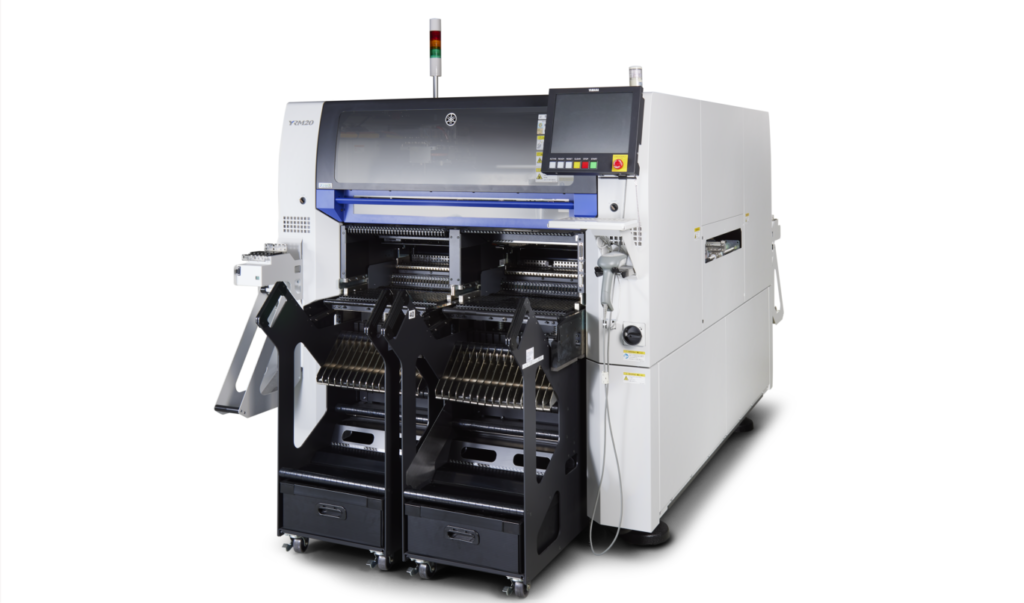ASIA ELECTRONICS INDUSTRYYOUR WINDOW TO SMART MANUFACTURING
Yamaha to Surge First JGreeX Green Tech in Latest SMTs
Yamaha Motor Co., Ltd. has decided to utilize JFE Steel Corporation’s green steel JGreeX for some of the exterior parts of its surface mounters. Specifically, this will begin with two models that will commence shipments from October 2024.

Accordingly, this is the first time that JGreeX has been adopted for industrial equipment in Japan.
JGreeX is a green steel that significantly reduces CO₂ emissions in the steel manufacturing process. Particularly, by applying the mass balance approach to allocate the amount of reduction achieved through JFE Steel’s CO₂ reduction technology. Yamaha Motor will adopt JGreeX for some of the exterior parts of its YRM20 and YRM20DL surface mounters. Moreover, the company plans to expand the range of use for green materials in the industrial equipment space in the future.
Yamaha Motor, in line with its Yamaha Motor Group Environmental Plan 2050, is working toward being carbon neutral*² throughout all of its supply chains, including the company’s business activities by 2050. Therefore, Yamaha Motor is pushing to adopt and further expand its use of green and recycled materials.

Conforms to Japan Standards
JFE Steel uses the mass-balance approach to allocate emission reductions to specific JGreeX™ green-steel products. Moreover, it conforms to Japan Iron and Steel Federation guidelines. Specifically, JFE Steel allocates the environmental value of CO2 emission reductions achieved across an entire manufacturing process to specific steel products. Considerably, they enjoy lower CO2 emission intensity.
Going forward, JFE will continue to support its customers’ decarbonization initiatives by supplying them with JGreeX green-steel products. Thus, creating and sharing environmental value with Yamaha Motor and other companies in diverse fields and ultimately contributing to a carbon-neutral world.
13 September 2024
Notes
*1 According to Yamaha Motor survey (August 2024)
*2 Emissions as a direct result of business activities (Scope 1 and 2) and emissions outside of these (Scope 3)



